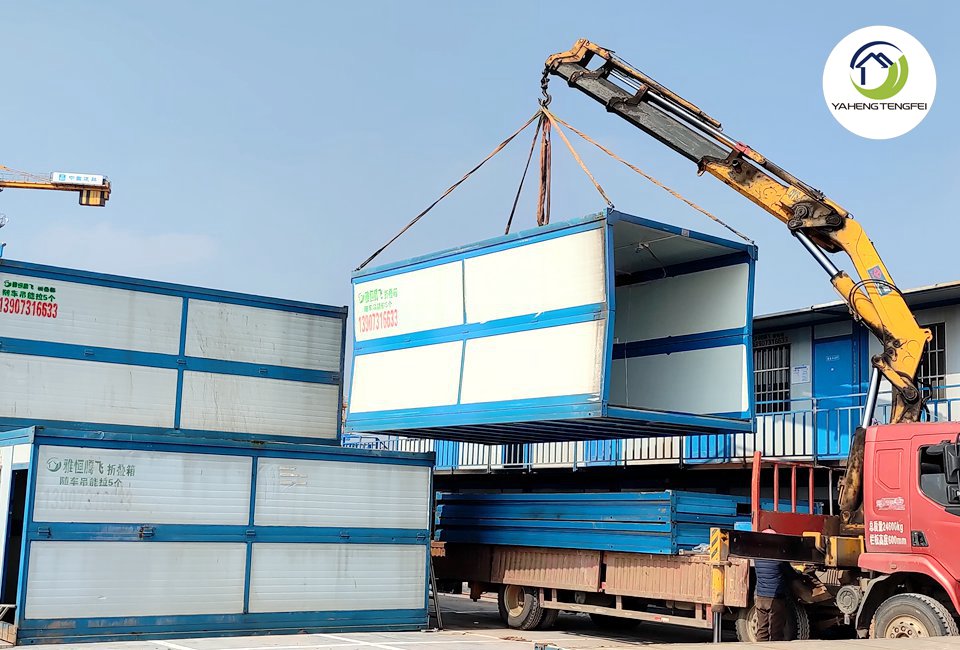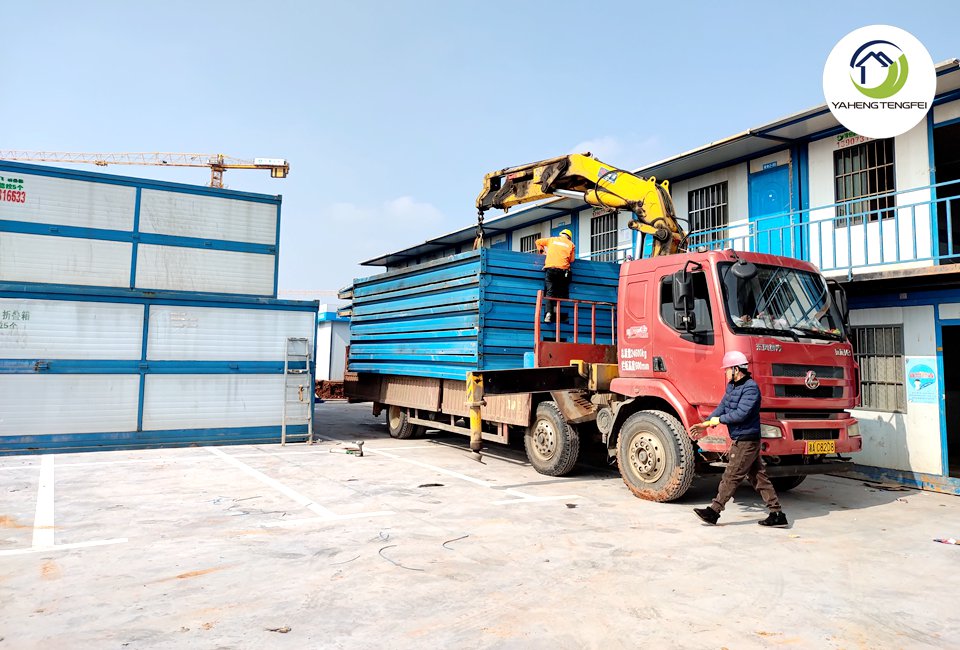Foldable container houses are a new type of prefabricated building designed for temporary use, known for their advantages of quick assembly, mobility, and environmental friendliness, which have garnered increasing attention in recent years. When it comes to these container houses, pricing often becomes a key concern for customers. Why is there a discrepancy in the quotations for similar foldable container houses, and what are the primary influencing factors?

Materials Used in Various Parts of Foldable Container Houses
Foldable container houses consist of components such as walls, floors, frame profiles, and ceilings. The quotation depends on specific calculations related to the thickness, specifications, and types of materials used. Thus, the significant price differences among suppliers are mainly attributed to material choices. Despite their similar appearances, products with lower prices may compromise on quality compared to higher-priced alternatives.
Customization and Non-Standard Specifications
Generally, larger-sized or intricately designed foldable container houses tend to have higher prices. Customized styles also command higher prices compared to standard designs.

Manufacturing Techniques for Foldable Container Houses
The manufacturing techniques and technological standards can impact the pricing. Higher-quality manufacturing processes and technologies ensure the quality and lifespan of foldable container houses but may increase production costs, leading to higher prices.
Market Supply and Demand
Market dynamics, specifically the relationship between supply and demand, is another influencing factor. In situations where supply exceeds demand, foldable container house prices may decrease, while in cases of insufficient supply to meet demand, prices may rise.
In summary, the pricing of foldable container houses is influenced by various factors, including the choice of materials, size, manufacturing techniques, and market supply and demand. When purchasing foldable container houses, customers are advised to gather detailed information, as suppliers typically provide relevant details to ensure a confident purchase.